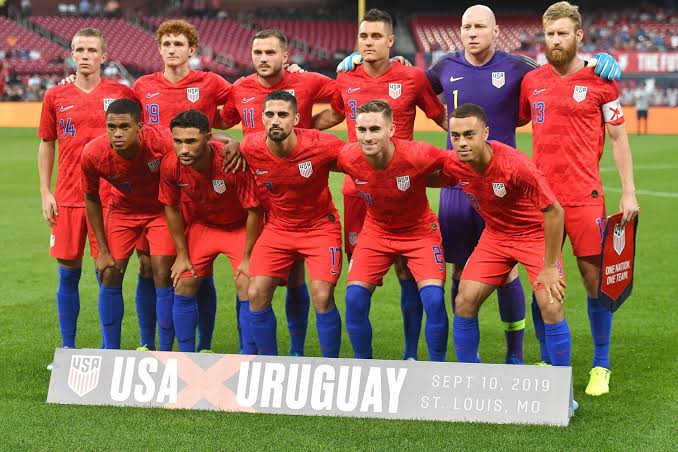The Premier League, one of the most popular and competitive soccer leagues globally, has historically had limited representation from American players. This phenomenon can be attributed to several factors ranging from talent development to cultural preferences and structural challenges.
1. Development Pathways:
While soccer is growing in popularity in the United States, the country has traditionally prioritized sports like basketball, American football, and baseball. Many young athletes gravitate toward these sports, which offer lucrative professional opportunities and robust collegiate pathways. Consequently, soccer’s talent pipeline in the U.S. is still catching up to nations with deeply rooted soccer cultures.
2. Competitive Standards:
The Premier League attracts the world’s best players, with teams scouting talent from nations with rich soccer histories like Brazil, Argentina, and European powerhouses. For American players to secure spots, they must meet exceedingly high technical, tactical, and physical standards, which can be challenging for those who grow up in less competitive soccer environments.
3. Work Permit Challenges:
For American players, gaining a work permit in England is another hurdle. The UK’s strict visa requirements favor players from countries with high FIFA rankings or those with significant international experience, making it difficult for emerging American talent to qualify. 
4. Growing MLS Opportunities:
The rise of Major League Soccer (MLS) has also played a role. Many talented American players choose to develop and play in the MLS, where opportunities are more accessible, and the league offers competitive contracts.
Despite these challenges, the tide is shifting. With the emergence of players like Christian Pulisic and Tyler Adams, the reputation of American players is improving, and European clubs are increasingly scouting U.S. talent. Investments in youth development and growing soccer culture in the U.S. may soon lead to greater representation in the Premier League.


